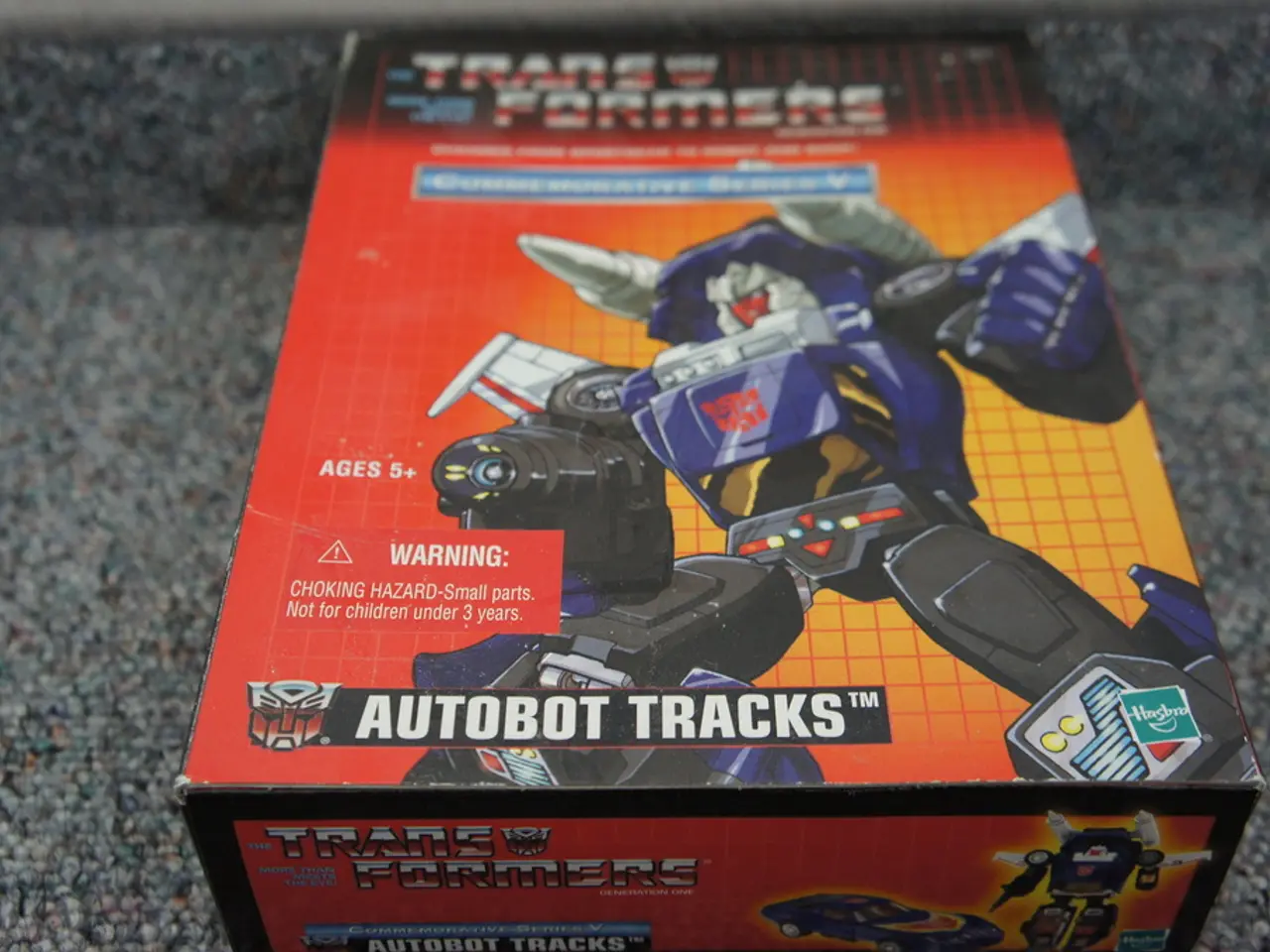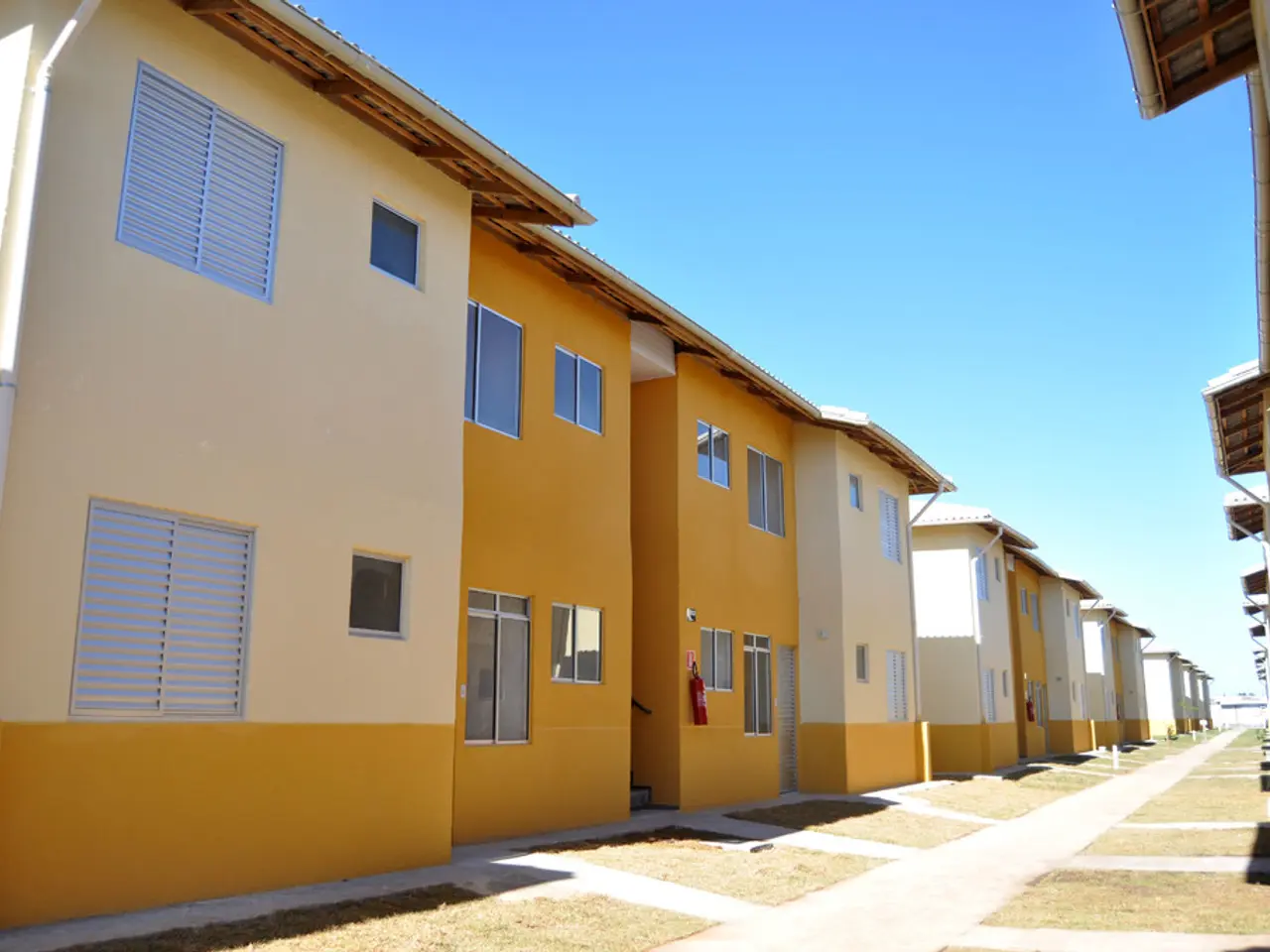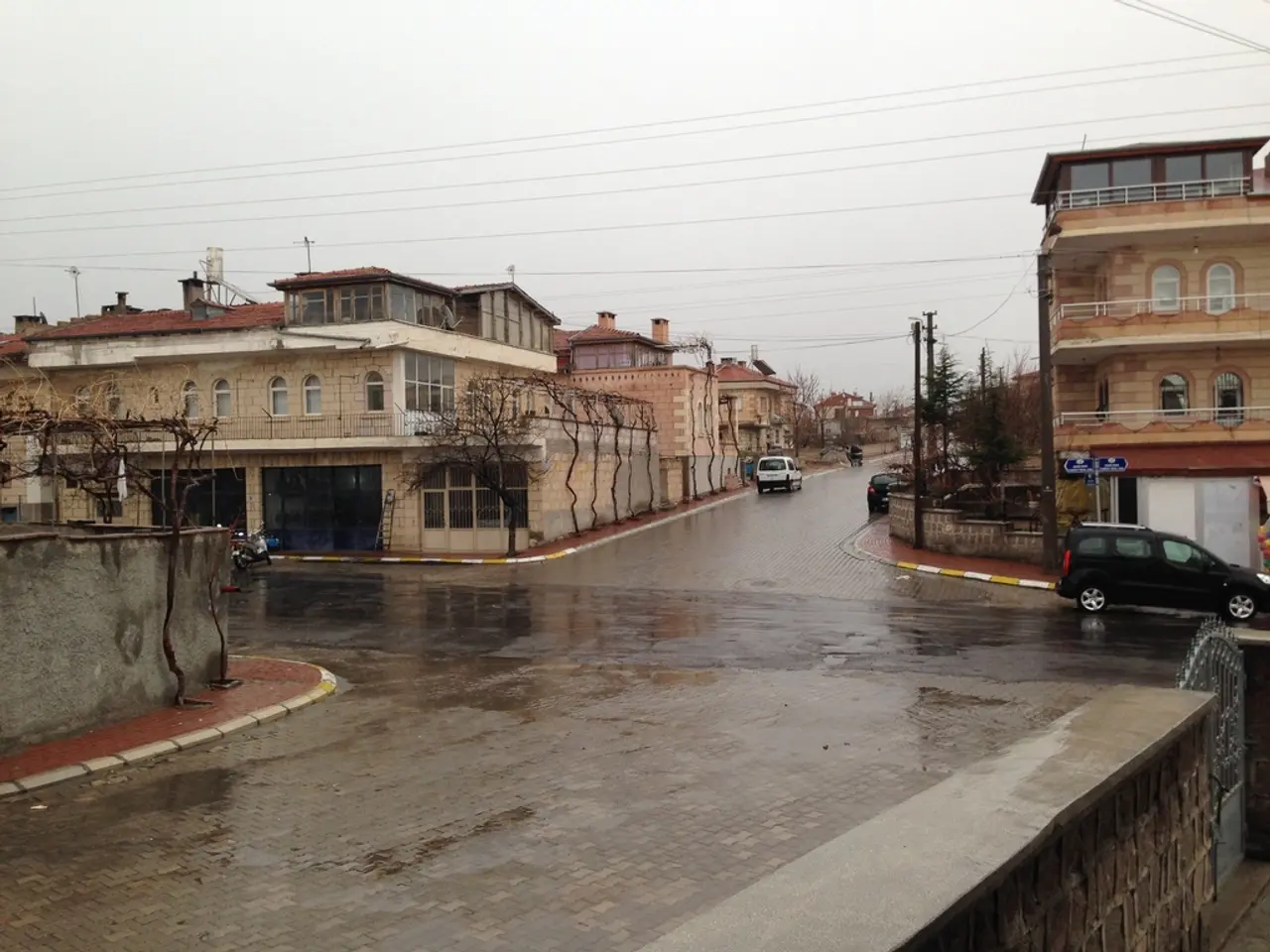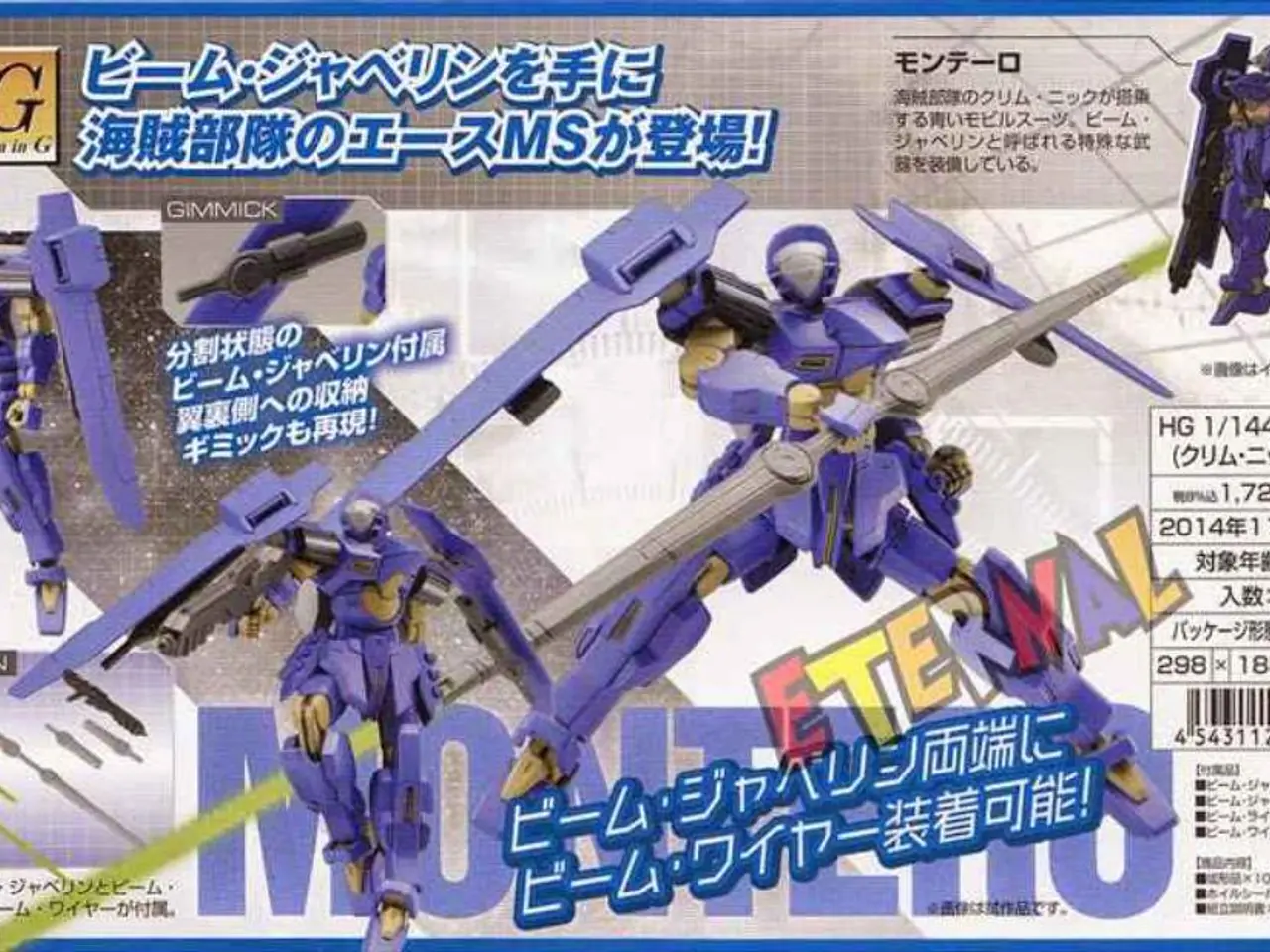Autonomous Tesla robo-taxi undergoes road trial with a human backup driver present.
**Tesla Kicks Off Austin Robotaxi Testing with Cautious Approach**
Tesla has entered the world of autonomous ride-hailing services, launching its robotaxi trial in Austin, Texas on June 22, 2025. The company deployed a small fleet of Model Y electric sedans for an invite-only early-access trial, with rides costing $4.20.
The Tesla robotaxis are operating using a camera-only system, marking a departure from the LiDAR technology relied upon by many other autonomous vehicle companies. Instead, Tesla is relying on radar and pre-mapped data, a decision that has raised questions about the thoroughness and safety of its sensing approach.
Early videos of the rides, shared by Tesla investors and influencers, indicate some operational issues, including speeding beyond limits, occasional incorrect lane usage, random braking, and problems with parking and the pullover function. However, it's worth noting that the onboard safety monitors have intervened in some of these situations.
The service is currently highly localized, operating from 6 AM to midnight within select areas, and focused on gathering real-world data and rider experience feedback before scaling up.
**A Comparative Look at Tesla and Other Companies**
Tesla's approach stands in stark contrast to that of other companies like Waymo, which rely on a diverse fleet of vehicles equipped with LiDAR, multi-sensor fusion, and extensive map creation. Tesla's minimalist sensor strategy sets it apart but also generates skepticism regarding safety and reliability.
| Aspect | Tesla Robotaxi (Austin) | Other Companies (e.g., Waymo) | |---------------------------|-------------------------------------------------|-------------------------------------------------------------| | **Vehicle fleet** | Tesla Model Y electric sedans | Diverse fleets including vehicles equipped with LiDAR | | **Sensor tech** | Camera-only system; no LiDAR | Use of LiDAR, radar, and cameras for comprehensive sensing | | **Testing environment** | Limited, invite-only with safety monitor present | Larger public deployments with broader user base | | **Operational range** | Select parts of Austin, limited hours | Wider city coverage, often 24/7 service in places like Phoenix or San Francisco | | **Technology approach** | Reliance on neural networks, visual data, and pre-mapping | Multi-sensor fusion with LiDAR for redundancy and safety | | **Public perception** | Mixed, with some residents concerned about strange behavior during testing[2] | Generally more accepted due to longer public testing and perceived safety | | **Safety monitoring** | Human safety monitor inside car for all rides | Varies; some services have remote monitoring or backup safety drivers | | **Known issues** | Speeding, lane errors, braking quirks documented on video[3] | Generally fewer highly visible errors reported |
**Austin's Current Autonomous Landscape**
As of Monday, Tesla's status for autonomous vehicle services in Austin remains "testing" on the city's website, along with a VW subsidiary and two other companies. Only Waymo operates an autonomous ride-hailing service in Austin.
**Looking Ahead**
Tesla’s Austin robotaxi tests are a cautious initial rollout, focusing on gathering real-world data without fully opening to the public. The company's approach is innovative but still undergoing early validation, with some operational glitches documented during testing. As Tesla continues to evaluate its camera-only FSD approach, it remains to be seen if it can match or exceed the safety and reliability benchmarks set by its competitors.
1.Tesla's autonomous ride-hailing service, tested in Austin,Texas, differs greatly from competitors like Waymo, as it relies solely on a camera-based system, eschewing the LiDAR technology used by many others in the industry.
- In the realm of finance, Tesla's robotaxi program faces skepticism due to its minimalist sensor strategy, potentially impacting investor confidence.
- Separately, the transportation sector is keenly watching the development and performance of Tesla's robotaxis as they navigate the roads of Austin, considering the potential implications for automotive technology and the future of ride-hailing services.




